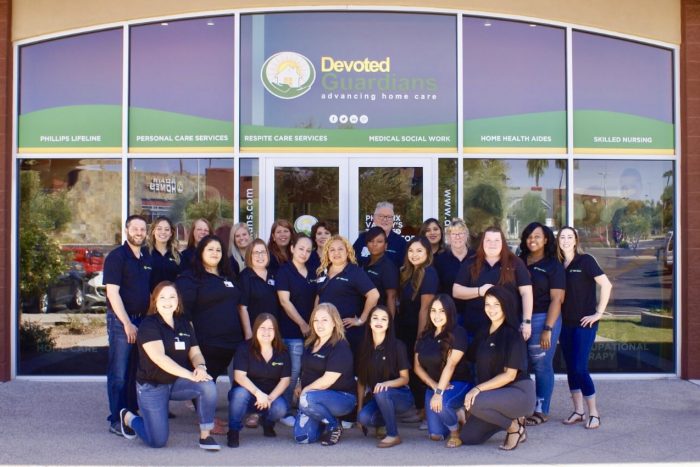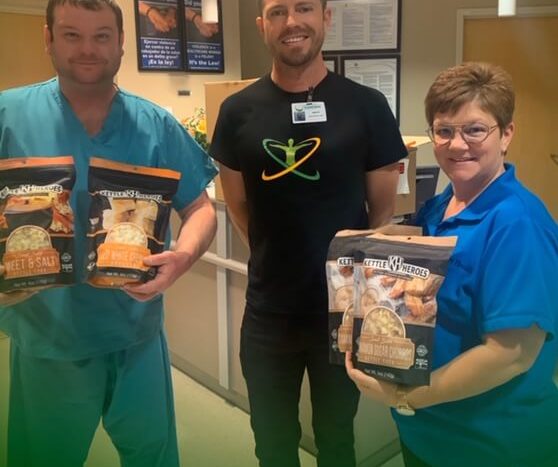The Customer Advisory Board will be a voice for the industry, comprised of agencies and professionals who have achieved outstanding results with HCP’s Experience Management, Training, and Reputation Management solutions. Through its Board, HCP will continue to enable providers to…
We received a call from Bunkers Funeral Home and this company does something unique; someone passes away and if they had a caregiver the family can nominate someone who went above and beyond. One of our Caregivers, Chawsu, was nominated…
Here are the pumpkins we have received so far for this years Halloween Pumpkin Carving Contest We just recently had a pumpkin carving contest with the facilities we work with to decorate a pumpkin. We will be choosing three winners.…
I know this statement may be late in coming, but I needed the time to collect my thoughts and try to find the best way to articulate how I was feeling and how best to express our position. We…
A lot of our clients don't use computers and we get a lot of handwritten testimonials that in this digital age don't get the recognition they deserve. We can't post names, so w had to block out the names here…
AAHC is a powerful and passionate voice promoting the value of home care. The Association is the preeminent source of home health education and provides innovative solutions to meet members’ needs. Participation is an essential component of our members’ success.
Home health care involves medical care that patients receive at their homes. Home health care covers a variety of health care services that you can receive at your home for an illness or injury. ABC The main goal of home health…
Power of 5 things each Caregiver does to Protect and Prevent These have been updated to include: Wash hands frequently Disinfect surfaces routinely Check clients for fever/symptoms frequently Maintain a safe distance, when possible Wear a mask regularly A proud…
Kettle Heroes Artisan Popcorn and Devoted Guardians Home Care Join Forces to Bring Healthy Snacks to Frontline Health Care Workers, the True Heroes TEMPE –Today, Kettle Heroes launched its new initiative, The Healthcare Heroes Program! They are donating one Gourmet…
Dear Clients and Families: Devoted Guardians is actively monitoring the progression of the coronavirus, COVID-19, to ensure that we have the most accurate and latest information on the threat of the virus. As you know, this situation continues to develop…








